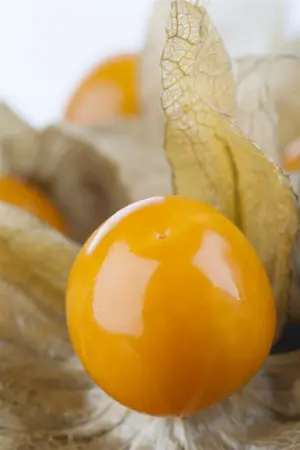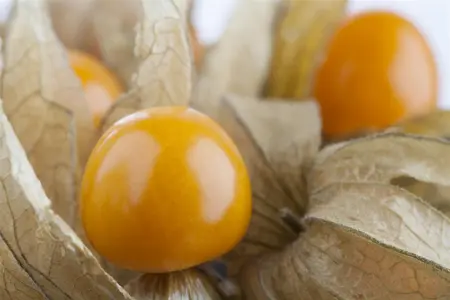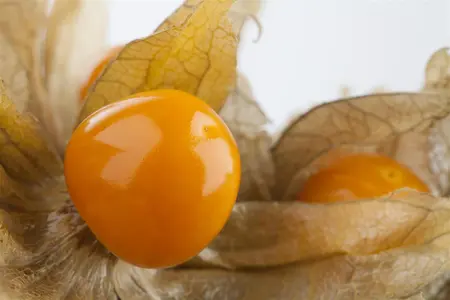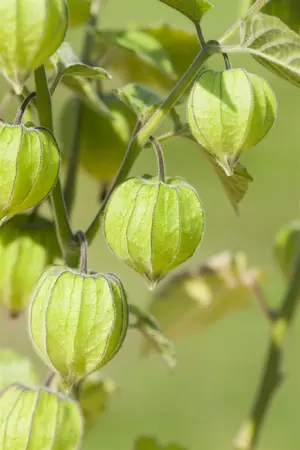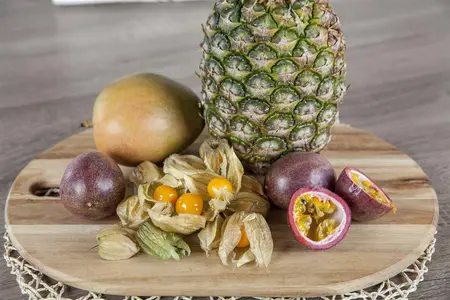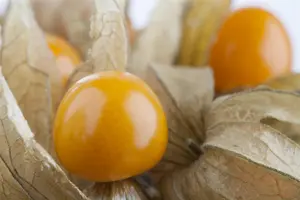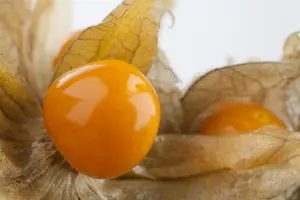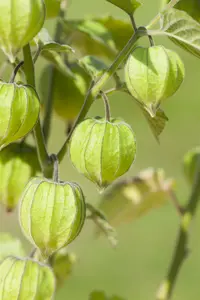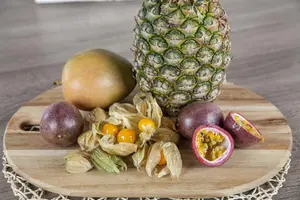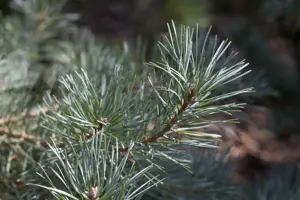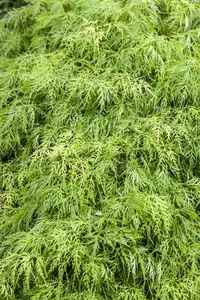Physalis peruviana 'Little Buddha' - C1.7
Physalis peruviana 'Little Buddha' - C1.7
Description
The Cape gooseberry (Physalis peruviana) produces yellow fruits. They have a sweet and sour, aromatic flavour. Well-drained, nutrient-rich soil and a sunny location create the ideal conditions for a high-yielding harvest from August. Their white flowers are a beautiful sight. With its branched growth, Cape gooseberry grows to around 1.2 m high and 1 m wide, making it ideal for growing in pots on balconies or terraces.
Synonym
Synonyms (botanical): Physalis edulis.
Bulletpoints
* sweet-sour, aromatic flavour
* cut flower
* Suitable for growing in pots
Growth
Branches.
Water
Water regularly and allow the soil to dry out in the meantime.
Location
Preferred location in a sunny, sheltered position.
Soil
Physalis peruviana prefers nutrient-rich, sufficiently moist soil.
Commercially available container plant soil.
Planting time
Container plants can be planted all year round, except when the soil is frozen and in summer heat (over 30°C).
Tasks
- Sowing under glass: In the period from March to April
- Sowing outdoors: In the period from April to May.
Care
If watered less frequently but thoroughly and thoroughly, the plant roots are encouraged to penetrate into deeper soil layers. This enables the plant to survive dry periods better.
Flower
Physalis peruviana forms white flowers from July.
Fruit
The yellow fruits have a sweet-sour, aromatic flavour. Ripening time from August.
Use
Cut, solitary, cottage garden, tub, consumption, balcony/patio
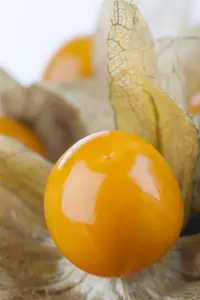
- Article number145
-
EAN codePHPLBUDD-2C17
- Latin namePhysalis peruviana 'Little Buddha'
- catalogLandscape shop

